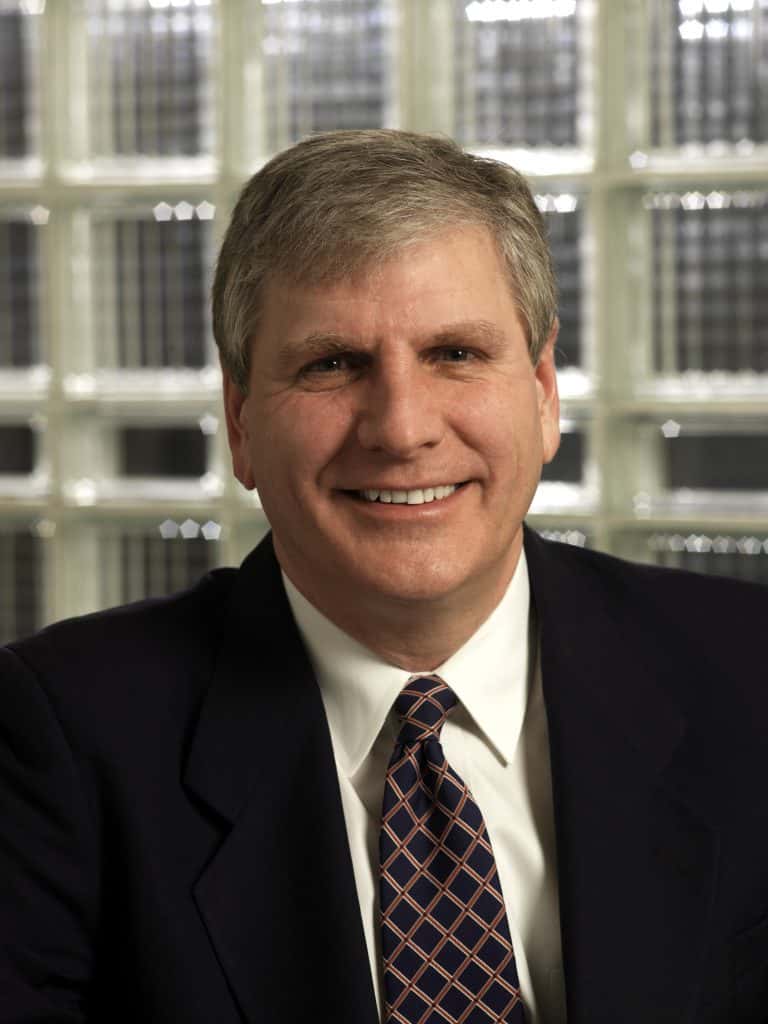
Renowned AIA Economist to Share Insights on Design and Construction Outlook in the Carolinas
Kermit Baker, PH.D., chief economist for the American Institute of Architects (AIA) for more than 20 years, will kick-off the morning session at Clemson University’s Second Annual Symposium for the construction industry with the morning’s keynote session, titled “Construction Outlook: Challenges and Opportunities.” Dr. Baker will provide a comprehensive overview of the economic issues and trends impacting the architecture, engineering and construction (AEC) industry — with special emphasis on the Southeast region.
Scheduled for October 12, 2017, in Greenville, South Carolina, the information-packed, one-day Symposium —presented by Clemson’s Construction Science and Management (CSM) Department — is expected to draw up to 300 participants from across the Carolinas, as well as a strong contingent from Georgia.
“The overall economic recovery to date has been slow in materializing. As a result, some construction sectors have been underperforming, while others have finally picked up steam. My presentation will look at where we stand at present in terms of construction activity, what architecture firms are telling us about projects currently under design, and other key factors that will shape the construction outlook,” said Baker.
Knowing that architects and contractors look at trends and forecasting from different perspectives, Baker’s presentation is designed to appeal to both groups. He will be referring to the AIA Consensus Forecast, an effort that he coordinates on behalf of AIA in close collaboration with his counterparts at other national organizations, including the Associated Builders and Contractors (ABC) and Associated General Contractors (AGC). The AIA publishes a report twice per year based on the integrated findings of the Consensus Forecast Panel. The latest report came out in July 2017.
While Baker’s presentation will focus on commercial construction in the Southeast, he will be touching on themes that are also relevant to the residential side of the business.
GroundBreak Carolinas spent a few minutes speaking with Dr, Baker to get some additional insight for our readers and potential Symposium attendees.
As an economist for the AEC industry, how do you see your role?
It’s difficult for companies serving the construction industry to track all of the segments of the economy that they serve. I try to help these companies better understand the opportunities that may be presented, as well as the challenges that they may be facing as the construction cycle unfolds. In particular, architecture firms see emerging trends in this market before many of the other players in the AEC industry. Interpreting this information can provide extremely useful insights as to the outlook of the industry.
What markets are poised for growth in the Carolinas/Georgia?
The Southeast in general, and the Carolinas and Georgia in particular, are seeing very healthy levels of construction activity at present. While the single-family residential market has been slow to recover, multifamily activity has been the strongest construction sector, reflecting the growing interest in renting after the housing collapse. The commercial sector (office, retail, hospitality) has been surprisingly strong, reflecting the healthy labor market in recent years, and the low unemployment rate.
On the disappointing side has been most of the institutional market, dominated by education and healthcare. However, both of these sectors have tremendous upside potential. Healthcare will benefit from fundamental demographics driving this industry, which include an aging Baby Boom population that will need more healthcare as they age. The education market will benefit from a large school-age population, and the fact than many school systems have seen underinvestment in their facilities in recent years. The AIA’s Architectural Billings Index for institutional firms is suggesting a turnaround, since architects serving this sector have been very busy for the past months.
What about the Labor Market?
The construction market is facing a severe labor shortage. The construction sector nationally lost almost two million workers during this past recession, and many are unlikely to come back to construction. There continues to be a huge problem replenishing the construction labor force, which is a lot older than it used to be, continues to rely heavily on immigrant populations, and has seen very limited participation from women. Therefore, any process that helps use labor more efficiently will be highly valued. We’ve already seen the growing popularity of building information modeling (BIM) systems to improve the design and construction process. Other innovations, including off-site building components, energy modeling, and 3D printing should not only improve the labor productivity in the industry but also improve quality and reduce costs.
Background | Kermit Baker, Ph.D.
Baker has the honor of being AIA’s first full-time economist, a position he has held since 1995. He originated the AIA’s “Work on the Boards” Survey, a monthly assessment of business conditions at architecture firms and the source of the widely followed Architecture Billings Index. Baker is a regular columnist for the AIA member electronic newspaper, AIArchitect.
In addition to his role with AIA, Baker is the Project Director of the Remodeling Futures Program at the Joint Center for Housing Studies at Harvard University. This research effort is aimed at developing an improved understanding of the dynamics of the U.S. repair and renovation industry.
Prior to joining the AIA, Baker was Vice President and Director of the Economics Department at Reed Business Information, where he was responsible for industry forecasting. During his 10 years at Reed, he developed the Top U.S. Construction Markets Report, and served as editor of Reed Business Information’s Building and Construction Market Forecast newsletter.
Baker received his Master’s degree in Urban Planning from Harvard University and holds a Ph.D. from Massachusetts Institute of Technology in the same field. In 2002, Baker was made an honorary member of the American Institute of Architects.
To Register for the Symposium, click here. CEUs available.
View full agenda.





